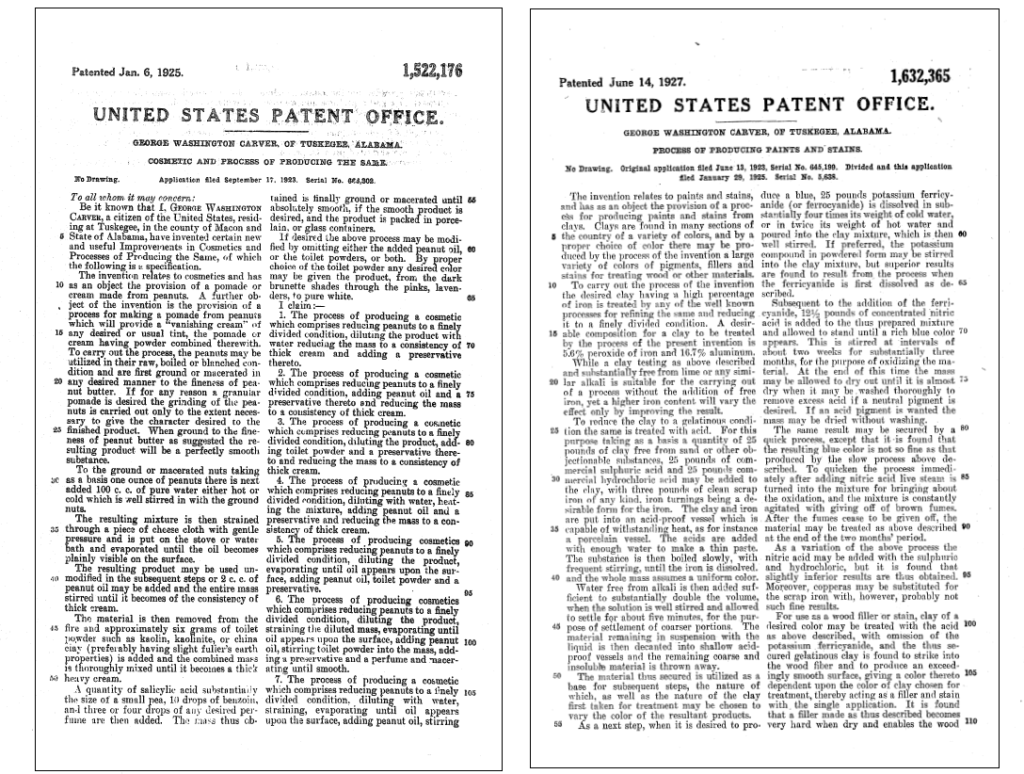In Kaufman v. Microsoft Corp., [2021-1634, 2021-1691] (May 20, 2022) the Federal Circuit affirmed the district court’s denial of Microsoft’s post-judgment challenges to a $7 million damage award for infringement of U.S. Patent No. 7,885,981, and reversed the district court’s denial of prejudgment interest.
The ’981 patent addresses the creation of user interfaces that permit users to interact with data in relational databases. One of the issues was whether the claim required the automatic generation of an end user interface. The word automatic did not appear on the body of the claim, but the preamble stated that the method involved a “processor for automatically generating and end-user interface.”
Microsoft moved for summary judgment, arguing that that the phrase “automatically
generating” found in the preamble of claim 1 is limiting, and means that “no human labor required,” and thus Microsoft product does not infringe. Microsoft argued that the district court erred in failing to clarify the reach of the “automatically” requirement for the jury, warranting a new trial under O2 Micro because a clarification could reasonably have led the jury to a different verdict. However, the Federal Circuit held that Microsoft failed to preserve its O2 Micro challenge.
The Federal Circuit noted that in the original Markman proceeding, the parties did
not request a construction of the word “automatically” or raise an issue of the scope of the “automatically generating” requirement. During the motion for summary judgment
briefing, Microsoft described the “human labor” involved in use of Dynamic Data, and it
asserted a need for a claim construction under O2 Micro, but it said only that there was “a fundamental legal dispute as to the meaning of “automatic” in the claims, it never clearly said that, apart from what “automatic” means, a construction was needed specifying what functions had to be automatic, i.e., the scope of the “automatically generating” requirement. Further, Microsoft never offered the district court a formulation of such a claim construction resolving that scope issue, including at the at the pre-trial hearing.
The Federal Circuit also rejected Microsoft’s argument, presented for the first time on appeal, that “automatically generating” should be construed broadly to require some defined set of steps beyond those recited by the claims in (a), (b), and (c) to be performed automatically. Microsoft never proposed such a construction to the district court.
Microsoft’s final argument was that there was insufficient evidence to support the jury’s finding infringement, but the Federal Circuit agreed with the district court correctly explained, the jury reasonably that the manual step identified by Microsoft were not part of the claim requirement that were required to be performed automatically.
Finding that Microsoft failed to establish that the district court erred in its claim construction or that the jury’s verdict was not supported by substantial evidence, the Federal Circuit affirmed the jury’s finding that the accused processes come within the “automatically generating” limitation.
Microsoft also argued that the district court erred in the post-trial ruling when it concluded that “and” means “and/or,” contending that the phrase should be given the conjunctive
meaning, so that the client application (constituting the end-user interface) must integrate into each of the individual mode displays (for creating, retrieving, updating, and deleting) all three of the “processes for representing, navigating, and managing said relationships across tables.” The Federal Circuit agreed with the district court’s construction, noting that a claim construction that excludes a preferred embodiment is rarely, if ever correct and would require highly persuasive evidentiary support. The Federal Circuit noted that in the sole embodiment in the patent, a “retrieve” display lacks a “managing” process. The the Federal Circuit said that “and” must be construed as “and/or” so that the claim would cover the only disclosed embodiment.
The Federal Circuit recognized that it cannot redraft claims whether to make them operable or to sustain their validity, or to cause them to encompass the sole described embodiment, it said that that is not what it was doing here. The Court said where there is “only one reasonable construction,” it has recognized that, in certain contexts, the word “and” can reasonably be understood to denote alternatives, rather than conjunctive requirements.
Finally, the Federal Circuit addressed the denial of prejudgment interest. The district court provided two rationales for denying prejudgment interest to Kaufman: first, that the jury
verdict “subsumed interest,” and second, that Mr. Kaufman was responsible for “undue delay” in bringing the lawsuit, causing prejudice to Microsoft. The Federal Circuit said that the jury verdict cannot reasonably be understood to include interest, noting there was no testimony about how the interest would be calculated. The Federal Circuit also said that the district court also erred in finding Kaufman was responsible for undue delay justifying the denial of prejudgment interest. The Federal Circuit said that the fact that Mr. Kaufman
did not sue for five years after he became aware of Microsoft’s potential infringement does not alone justify a finding of undue delay. The Federal Circuit said that Microsoft presented
no evidence as to why Kaufman’s delay was undue.









